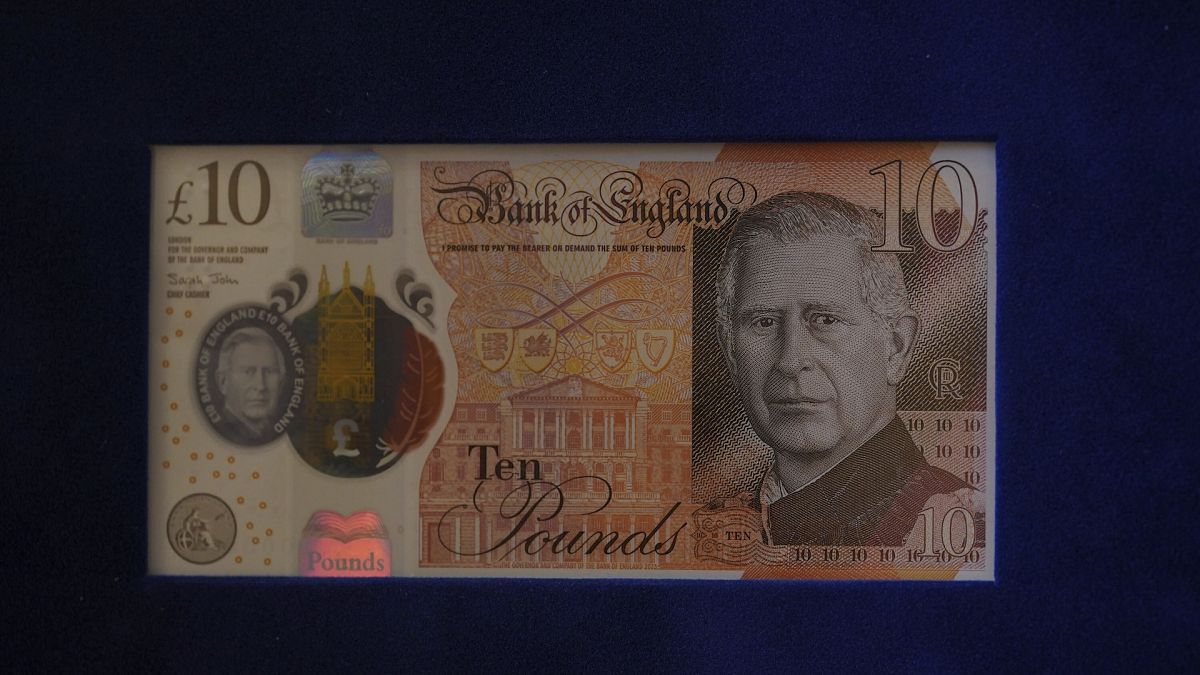The pound retreated following a one-day surge, prompted by weaker-than-expected UK inflation data. Cooling inflation may increase the likelihood of further interest rate cuts by the Bank of England this year.
The pound fell following the release of the UK's inflation data for July. It was down by 0.22% against the US dollar and slid by 0.18% against the euro within the first 10 minutes after the data was published.
According to the Office for National Statistics, consumer prices rose by 2.2% year-on-year, lower than the estimated 2.3%. However, this marked an increase from the 2% recorded in the previous two months and was also above the central bank's target of 2%.
The outcome reversed the pound's gains on Tuesday when the currency surged following the release of UK wage data. The average pay rose by 5.4% year-on-year in the second quarter, the lowest increase in two years. Nevertheless, the UK's unemployment rate fell to 4.2% in June from 4.4% in the previous month, indicating that the labour market remains tight, which may keep inflation stubbornly high.
Central banks on course for rate cuts
Following the first interest rate cut in four years earlier this month, the Bank of England is expected to implement further rate reductions for the remainder of the year. While money markets are pricing in one more cut this year, the drop in the pound suggests that today's cooler-than-expected inflation may prompt the Bank of England to consider additional rate cuts.
Major central banks are on course for lower rates in the second half of the year. Earlier on Wednesday, the Reserve Bank of New Zealand (RBNZ) unexpectedly delivered its first rate reduction since the pandemic and signalled more cuts to come. The European Central Bank (ECB) also began lowering its policy rates in June. Additionally, the US Federal Reserve (Fed) is widely anticipated to commence reducing interest rates in September.
Pound likely to maintain strength
Nonetheless, the pound may remain at relatively high levels against other major currencies. During the last meeting, the Bank of England's Governor, Andrew Bailey, stated that the committee would proceed with caution. The lack of a clear indication on the rate path may sustain the pound's strength, particularly in comparison to the more dovish signals from other major central banks.
In July, ECB Governing Council member Gediminas Šimkus suggested that he agreed with market expectations for two more rate cuts in 2024. Markets are currently pricing in three rate cuts by the Federal Reserve this year. The RBNZ has also indicated that it will implement further interest rate reductions following today's surprising cut.
In addition to economic data and events, political developments have also supported the pound's recent uptrend. The GBP/USD pair rose to its highest level in nearly a year following the Labour Party's landslide victory in early July. The new ruling party is expected to provide fiscal policy stability after 14 years of Conservative governance, making the pound more attractive to investors due to its higher-yielding prospects.
The UK 10-year gilt yield fell by 4 basis points to 3.84% following the CPI data. However, this level remains higher than that of other European counterparts, with the German 10-year bund yield at 2.19% and the French 10-year government bond yield at 2.92%.
Furthermore, the United States will release its crucial CPI data later today, a key factor influencing the Federal Reserve's interest rate decision in September.
Persistent inflation could strengthen the US dollar once again, putting pressure on other major currencies, including the pound and the euro. However, a lower-than-expected reading would increase the likelihood of the Fed implementing more easing monetary policies this year, potentially leading to a weaker USD and, consequently, strengthening the pound.















